Golf is a 4-Letter Word!
Don’t get me wrong—I really, really do love this game. However, it occurs to me that “not all golf is created equal”.
The first PGA event of the year is the Tournament of Champions, which is played on the Kapalua Plantation course on the island of Maui, Hawaii. This course is magnificent, built on the side of a mountain, with breathtaking views in all directions. I had the opportunity to play this course a couple of years ago with my youngest son and former neighbor, so watching the pros play this course brings back fond memories. The trade winds and Bermuda grass can make for some particularly difficult conditions, but the pros seem to eat up this 7500-yard course with their play.
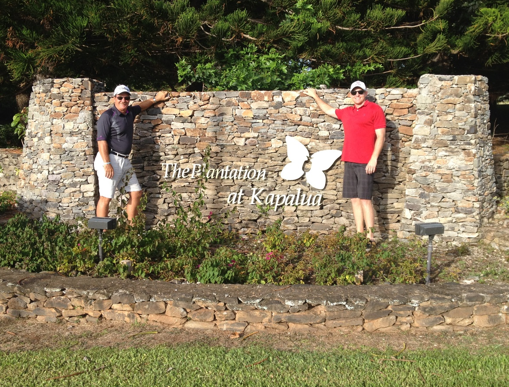
Now let me support my position about the golf equality thing. When I played the course in June, they had just finished “top-dressing” the greens where they punch small holes in the putting surface, then cover it with sand. This rejuvenates the grass by providing aeration and softening the ground, but makes putting in these conditions an adventure. They also let the grass grow a bit longer than normal so that it doesn’t die from the shock induced by the aeration. The green usually recovers to normal conditions in about 3 weeks, but we played only about a week after the punching.
Despite seeing a postcard in every direction, a bit of frustration crept into our round as putts bounced and wobbled on their way to the hole. I normally have a few squirrely shots during a round, but can make up for them by holing a few putts. Today, the greens were not giving up many putts. In fact, I saved par on the last hole by snaking in a 12-footer, which turned out to be the longest putt made during the entire round by me and my 2 playing companions. Ay caramba!
As I watch this year’s Tournament of Champions on TV, it occurs to me that they are playing a different course. Sure, they play a much longer distance than I did, but their putts actually roll fairly true, without bouncing and wobbling on their way to the hole. I don’t believe the Bermuda grass on these greens ever quite gets to the condition that the pros are used to playing—much like putting on the felt of a pool table—but it is certainly much better than the conditions I played under. The grain of the Bermuda is significant, which means the grass actually leans to one side rather than growing straight up, even though it is only about 1/8” long. The grain is a bigger factor on these greens than most other courses. Part of me chuckled this year every time I saw a pro totally fooled on the speed of a putt, leaving it 10 feet short or missing the correct line by 6 feet—welcome to my world, one of inconsistent greens!
So let me get back to the point—I’ve often wondered what the pros might think if they were “forced” to play under the conditions that I normally play under.
Public vs. Private
I have the luxury of living in an area (Phoenix) where Godzilla couldn’t hop more than a couple of times without landing on a golf course.
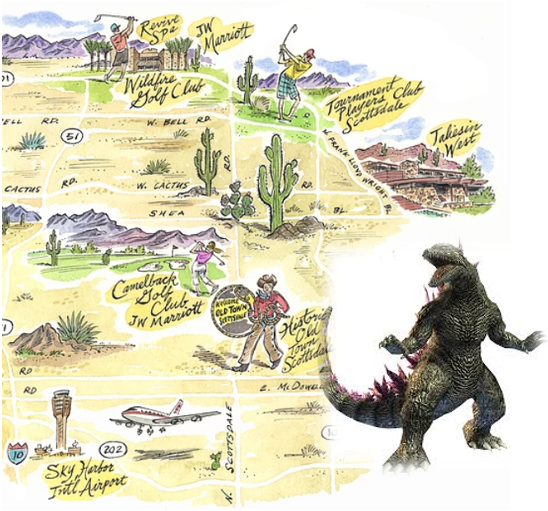
The range of quality is significant, with courses affectionately referred to as “dog tracks” on the low end, to the high end of finely manicured resort courses that can’t wait to grab the tourists by the ankles and shake them upside down until all of their money spills out. The public courses are funded by the city governments and tend to be of lesser quality, as the typical taxpayer couldn’t care less if the greens are running an 11 or an 8 on the Stimp Meter. One such course is actually built on a former landfill, so you get to enjoy the ever-present methane fumes bubbling up from the ground near the 9th tee box. Reminds me of a scene from Apocalypse Now…(oh, wait, that was Napalm).
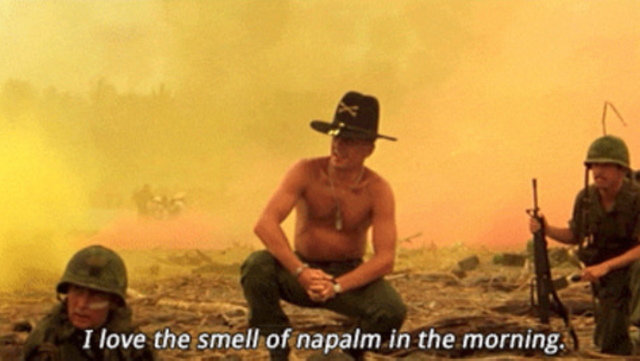
The Private courses are usually in better shape, but cater to a different clientele. Some are Country Clubs, which open their course to non-members during the (hot, hot) non-tourist season. I enjoy playing these courses in the summer, but it sometimes feels like that searing desert breeze is coming out of Godzilla’s mouth, less the flames. One such course allows guests, but the guests are not allowed to use the members’ bathroom, forced down the hallway to the “public restroom” that I’m sure the restaurant wait staff is forced to use.
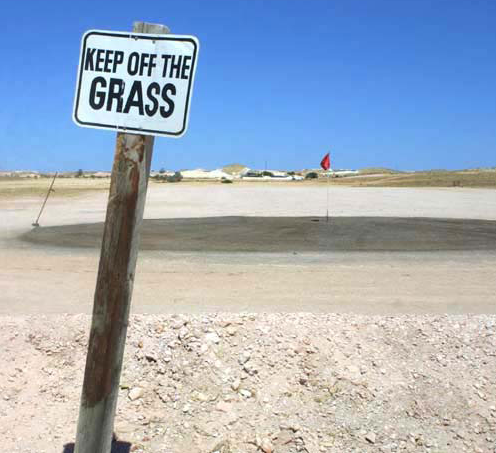
One Public course that I play in the summer obviously caters to the winter visitors as it barely keeps the course in playing condition during the summer. The greens are not cut short, so the aforementioned Bermuda grass grain grabs putts and sends them sideways, leaving players scratching their heads how such a putt could actually break uphill. They actually piled sand destined to refresh the bunkers with along the 9th hole and left it there all summer, presumably choosing to distribute it after “high season” starts. That means the typical bunker in summer has a thin layer of sand/dirt spread over hard clay underneath, which makes for an adventure when trying to hit a “conventional bunker shot”. When was the last time you saw a tour caddie rake a bunker where the sand wasn’t even deep enough to allow the rake tongs to make a furrow?
And then there’s the courses that won’t spend the money to put enough water on the course in the summer, opting for the fickle summer monsoon storms to bail them out in July and August. It is not unusual to bust a drive down the middle of the “fairway”, only to find your ball on a large bare spot, sporting about 1 blade of grass per square foot. Play it as it lies!
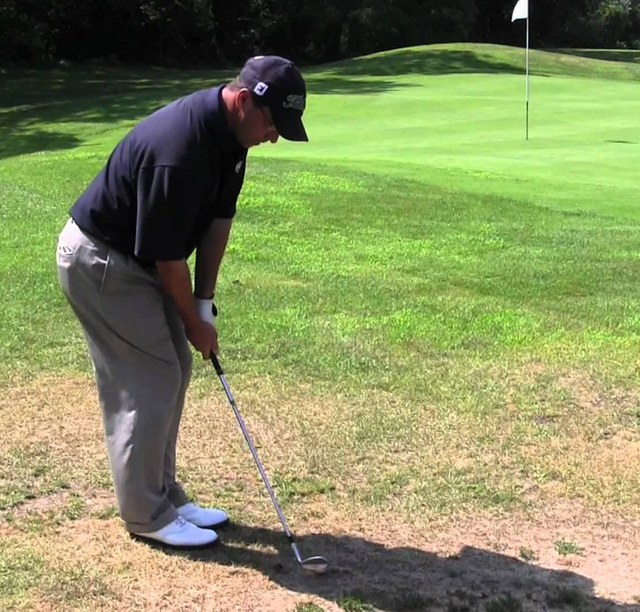
Or, since the typical Public course player doesn’t understand the concept of filling his divots after hoisting a grass beaver pelt when chunking a wedge, you are sometimes rewarded for a beautiful drive down the middle with your ball ending up in ½-inch deep crater. The rules of golf have no provision for poor course conditions, so you get to play it from there, assuming your playing partners are looking on and preventing you from invoking the proverbial foot wedge to give your ball a “late kick”.
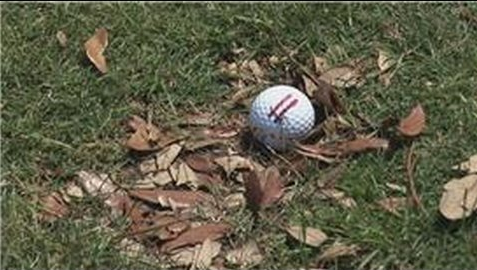
You Get What You Pay For
I make a decent living, and consider myself well-entrenched in the Middle Class, income-wise. This means that I typically look to spend no more than $50 to play a round of golf, and normally try to keep the expenditure under $40. This limits my choices of venues, and golf courses frequently exhibit the old adage “you get what you pay for”. When was the last time you saw the pros play on a course that did not look absolutely pristine?
I’ve paid as much as $225 to play a golf course, and I believe the cost to play the Plantation Course was (only) around $185, because we got the lower afternoon “twilight rate”. This leads to the cultural aspect—the higher-priced the course, the better it is manicured, but the more “snooty” it tends to be. Golf is an expensive sport, but no more so than snow skiing. As such, it separates the “have nots” and recreational golfers from the serious players, relegating them to the lower-end public courses and “bargains” found on web-based tee time services like GolfNow. The clientele you find at public courses is frequently not representative of the “gentleman’s game” that its founders professed it to be. I’ve seen folks show up at the golf course wearing attire that they used to paint their house—grubby jeans and tee shirts—which tends to paint (pun intended) a poor picture of the sport in the general public’s eyes. I chuckle to think how Rickie Fowler was chastised in the Twitter-sphere for wearing his Hawaiian shirt untucked in the first round of this year’s event at Kapalua. I prefer to look like a professional on the golf course, even if it is a public course, avoiding the fashions-by-rummage-sale look, or the polar opposite attire Rodney Dangerfield exhibited in Caddy Shack.
The quality of the greens is what I normally look for when trying to find a bargain. The soft conditions the pros play is hard to find unless it rained the night before in Phoenix. On some courses, my 100-yard wedge shot bounds 10 feet in the air when it hits the putting surface, lucky to stay on the green despite the $5 premium golf ball I’m playing.
Epilogue
The interesting thing is that many professional golfers started out playing the same type of courses that I play, enduring the less-than-ideal conditions on their way to developing a game that never has to play such courses again. Lee Trevino used to hustle at the local Public course, playing for $10 when he only had $5 in his pocket. Tour pros like that can play in any conditions, and are rarely seen pointing to the slight imperfection in the green that (supposedly) caused them to miss that 4-footer, pleading for sympathy from the caddie. Pros, come play the courses I play and you’ll develop an appreciation for the carpet and pool tables you get to play on, but it won’t be nearly the adventure. TTFN
Image Sources:
https://vignette.wikia.nocookie.net/theofficalsovietronalds/images/9/91/
https://media.giphy.com/media/wCqc1KRJ9cSKQ/
http://www.foundshit.com/sandy-golf-course-sign/
I like how you quoted www.foundshit.com
Just give up golf if you are not strong enough 😜
OMG! This is SUCH an AMAZING post! Thank you for sharing! I gave you a vote!!
Great post. I would love to play so many of those Hawaiian courses... so beautiful! They do seem super long though, so definately a challenge!
Congratulations @ironbrian! You have received a personal award!
Click on the badge to view your Board of Honor.
Do not miss the last post from @steemitboard:
Congratulations @ironbrian! You received a personal award!
You can view your badges on your Steem Board and compare to others on the Steem Ranking
Vote for @Steemitboard as a witness to get one more award and increased upvotes!